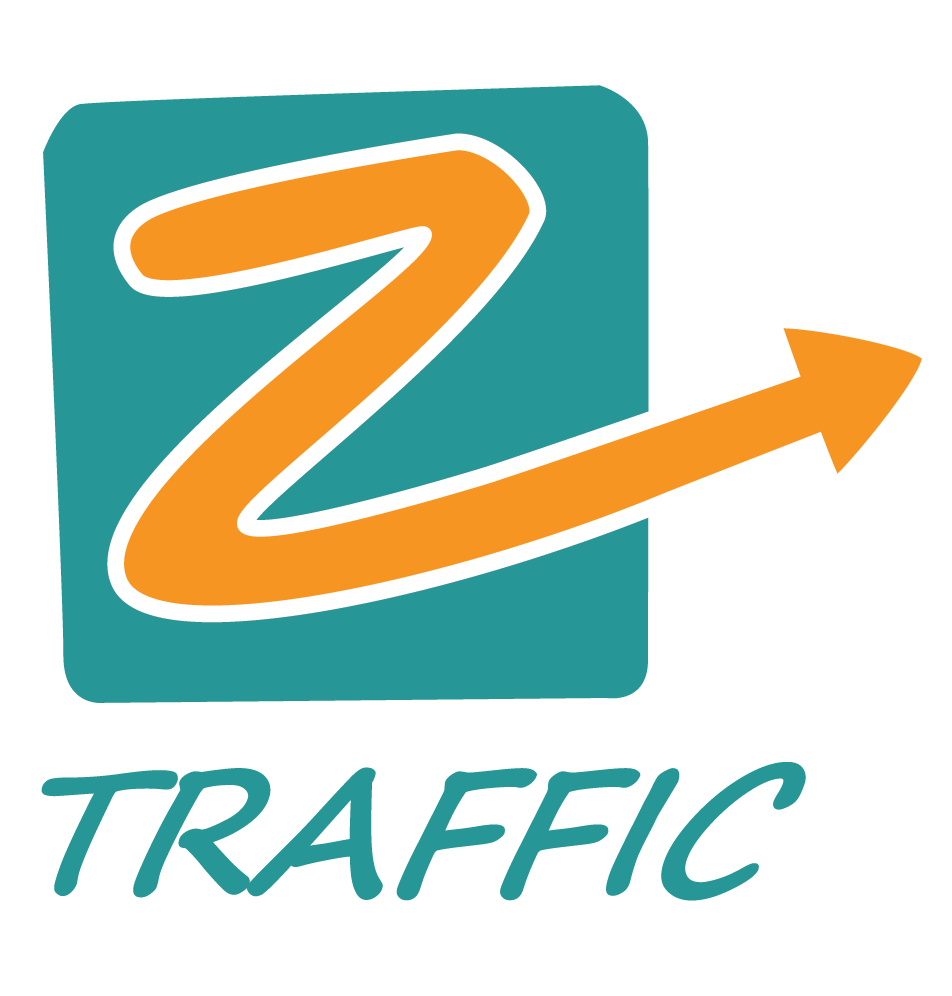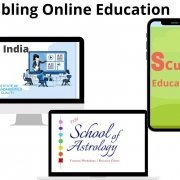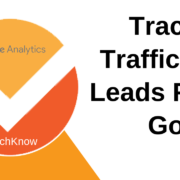Uber Yourself Or Get Kodaked…

Apple easy, Google fast: The experience management culture
Technology has taken centre stage in the success of companies today. With the likes of Uber, Amazon, and Deliveroo changing the way we live, shop, work and consume content, innovation is happening faster than ever before. In light of economic uncertainty, it’s become even more vital for businesses to deploy cutting-edge technology to maintain competitiveness.
Over the course of the next year, board-level conversations will be dominated by ways to ensure a seamless customer experience, formulating tactics to embrace disruptive technologies, as well as grappling with the implications of the future workplace.
Digital disruption is affecting nearly all businesses:
Consumers can now order a meal, book a taxi and do their shopping with a few clicks of a button, without even leaving their living rooms. As a result, customers are increasingly expecting services to be ‘Apple Easy’ and ‘Google Fast’ in all aspects of their lives, demanding quick and seamless experiences across the board.
Customer experience management will continue to be a driver of success across all sectors in 2020. For many organizations, this means going back to the drawing board and incorporating customer-centricity at the core of their business models. As digitally native brands take a data-driven approach to provide frictionless experiences, customers will no longer tolerate dated technology with legacy systems and antiquated processes.
In the retail sector for instance, roughly 93 percent of UK internet users are expected to do online shopping by 2021, the highest online shopping penetration rate in Europe. However, as the e-commerce market becomes increasingly saturated, and the high street continues to decline, customer experience will be the central factor to help incumbent brands cut through the noise in the market.
Experience management extends beyond the end user to include other important stakeholders such as suppliers, partners and employees. Over the next 12 months, companies will increasingly need to acknowledge the need for a close link between good employee experience and exceptional customer service.
Engaging and retaining employees requires a big shift in company culture. A data scientist might choose to work in Silicon Valley not just for the financial benefits but for the culture of innovation it fosters and the opportunities to grow.
This results in companies such as Facebook and Uber – already excelling at customer experience – attracting the best talent. To avoid this brain drain, companies must look to emulate this culture and provide similar opportunities on this side of the pond, creating a superior experience for their employees.
Read More
Source: Marcell Vollmer


















